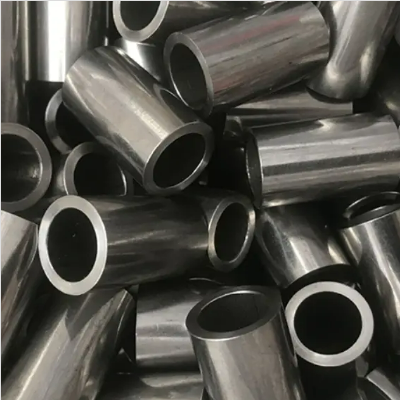Mobile:+86-311-808-126-83
Email:info@ydcastings.com
Innovations and Advances in Centrifugal Die Casting Technology for Efficient Metal Production
Understanding Centrifugal Die Casting A Comprehensive Overview
Centrifugal die casting is a manufacturing process that has gained significant popularity in various industries for producing complex metal components efficiently and at a lower cost. This technique uses centrifugal force to drive molten metal into a mold cavity, creating high-quality cast products with exceptional dimensional accuracy. This article will explore the principles, advantages, applications, and future outlook of centrifugal die casting.
The Process of Centrifugal Die Casting
Centrifugal die casting involves the use of a rotating mold to shape the molten metal into desired forms. The process typically starts with the preparation of the mold, which is made of durable materials designed to withstand high temperatures and pressure. The mold is mounted on a spinning axis, and as it rotates, molten metal is poured into the cavity. Due to the centrifugal force generated by the rotation, the molten metal is forced against the mold walls, allowing it to fill the cavity evenly and eliminate air pockets that can lead to defects.
There are two primary types of centrifugal die casting horizontal and vertical. Horizontal centrifugal casting is commonly used for producing cylindrical castings, such as pipes and tubes, while vertical centrifugal casting is suitable for manufacturing more complex shapes, including wheels and pulleys. The choice of method depends on the specific requirements of the part being produced.
Advantages of Centrifugal Die Casting
1. High Strength and Density The centrifugal force used in this casting method eliminates air and other inclusions, leading to denser and stronger castings. This characteristic is particularly beneficial for components that must withstand high stress, such as automotive and aerospace parts.
2. Dimensional Accuracy The process allows for remarkable precision in the final product, with minimal dimensional variations. This reduces the need for extensive machining and finishing operations, which can save both time and costs.
3. Versatility Centrifugal die casting can accommodate a wide range of metals, including aluminum, zinc, and copper alloys. This versatility makes it suitable for various industries, including automotive, marine, and industrial equipment manufacturing.
4. Cost-Effective Production The high production rates and reduced material waste associated with centrifugal die casting contribute to lower production costs. Additionally, the durability of the molds means that they can be used for many cycles, further enhancing cost efficiency.
centrifugal die casting

5. Complex Shapes The centrifugal force helps in achieving intricate designs and complex geometries that might be challenging to produce through other casting methods. This capability opens up new possibilities for design and innovation.
Applications of Centrifugal Die Casting
Centrifugal die casting finds applications in numerous sectors due to its unique advantages. In the automotive industry, it is used to manufacture engine blocks, transmission housings, and various other structural components. The aerospace industry also benefits from this technique, producing components like landing gear and brackets that require high strength-to-weight ratios.
Other applications include the production of industrial machinery parts, plumbing fittings, and electrical housings. The ability to create high-quality, reliable components makes centrifugal die casting an invaluable process across multiple disciplines.
Future Outlook
As industries continue to demand higher quality, efficiency, and cost-effectiveness, the future of centrifugal die casting appears promising. Innovations in mold design, automation, and control systems are expected to enhance the process's capabilities further. Additionally, the integration of advanced materials and manufacturing techniques, such as 3D printing for mold creation, may revolutionize the way centrifugal die casting is approached.
Moreover, with the increasing focus on sustainability, there is a growing emphasis on recycling and using environmentally friendly materials in the casting process. Companies that adopt these practices are likely to gain a competitive edge in the future market.
Conclusion
Centrifugal die casting stands out as an efficient and versatile method for producing high-quality metal components. Its numerous advantages make it a preferred choice for various industries seeking cost-effective solutions without compromising on strength and precision. As technology advances and new materials emerge, the centrifugal die casting process will continue to evolve, paving the way for even more innovative applications in the manufacturing landscape.
-
Why Should You Invest in Superior Pump Castings for Your Equipment?NewsJun.09,2025
-
Unlock Performance Potential with Stainless Impellers and Aluminum End CapsNewsJun.09,2025
-
Revolutionize Your Machinery with Superior Cast Iron and Aluminum ComponentsNewsJun.09,2025
-
Revolutionize Fluid Dynamics with Premium Pump ComponentsNewsJun.09,2025
-
Optimizing Industrial Systems with Essential Valve ComponentsNewsJun.09,2025
-
Elevate Grid Efficiency with High-Precision Power CastingsNewsJun.09,2025











